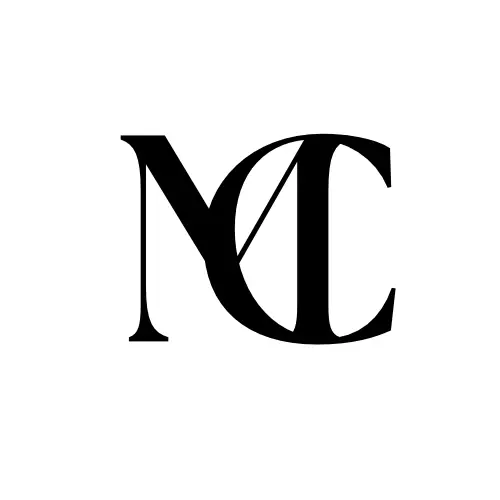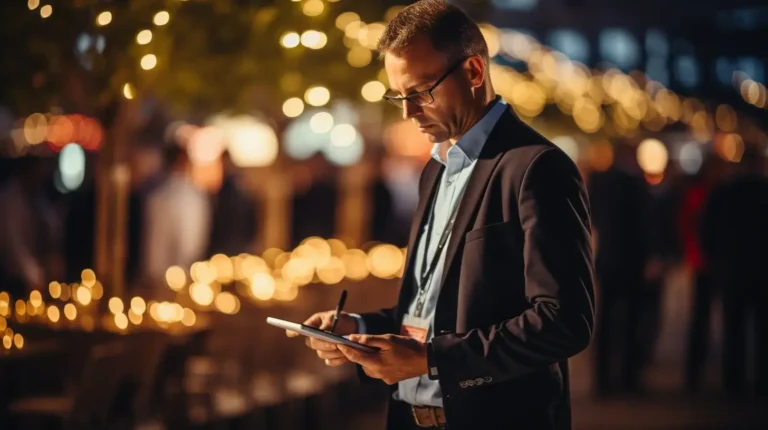I have dedicated numerous hours to participating in forums and viewing YouTube videos in order to compose this succinct guide on developing an engaging event agenda. What makes an event truly memorable? The secret lies in a carefully planned agenda. This entails understanding your audience, choosing appropriate speakers and activities, and combining classic components with creative concepts. This guide delivers essential details to engage your attendees and guarantee that every moment is meaningful.
Key Takeaways
- Purposeful planning aligns the agenda with event goals.
- Curated content and speakers enhance attendee engagement.
- Innovative technology keeps the experience interactive and efficient.
Establishing Clear Objectives
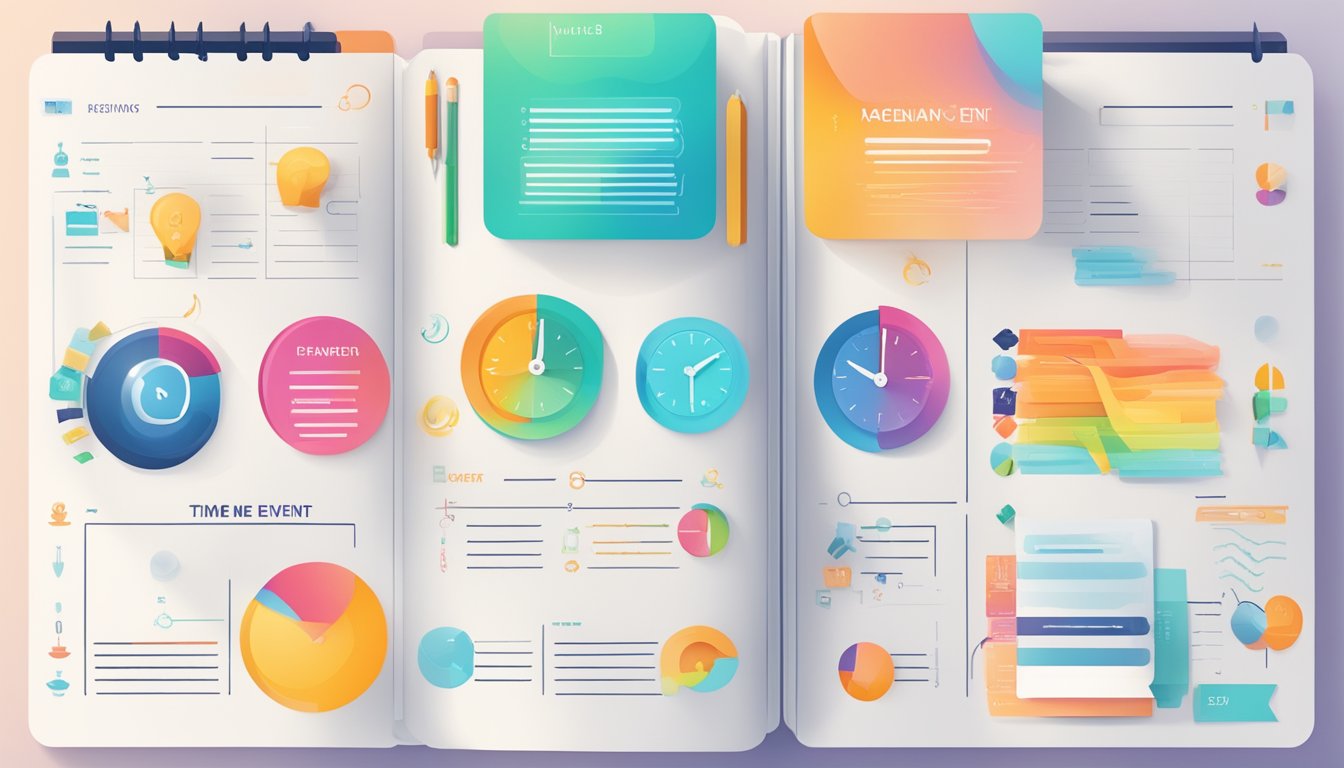
When we set out to learn how to create an engaging event agenda, it’s pivotal that we start with a strong foundation. By pinpointing our event objectives and understanding our target audience, our agenda becomes a roadmap to success.
Identifying Your Target Audience
Before we can craft an agenda that resonates, we must know who we’re reaching out to. Our event should cater to the needs and interests of our attendees. To accurately identify our target audience, we might ask ourselves questions that define demographics, professional levels, and interests pertinent to the event theme.
- Demographics: Age groups, job titles, industries?
- Professional Levels: Managers, executives, broad scope professionals?
- Interest Alignment: What topics and sessions will captivate them?
Each answer hones our agenda to align sharply with those who’ll benefit most from our event.
Articulating Event Goals
Considering our target audience, it’s time to articulate clear event goals. Our goals shape the entire structure of our agenda, from the keynotes to the networking opportunities. To articulate these goals effectively, they must be:
- Specific: Outline exactly what we want to achieve.
- Measurable: Include criteria to gauge the success of our event.
For instance, if our purpose is to increase industry knowledge, our goals might involve several educational sessions. Or, if networking is a priority, our objective might be to facilitate a certain number of industry connections.
By establishing these pillars at the outset, every choice we make in crafting our agenda will bring us one step closer to a truly engaging and purposeful event.
Strategic Event Design and Planning
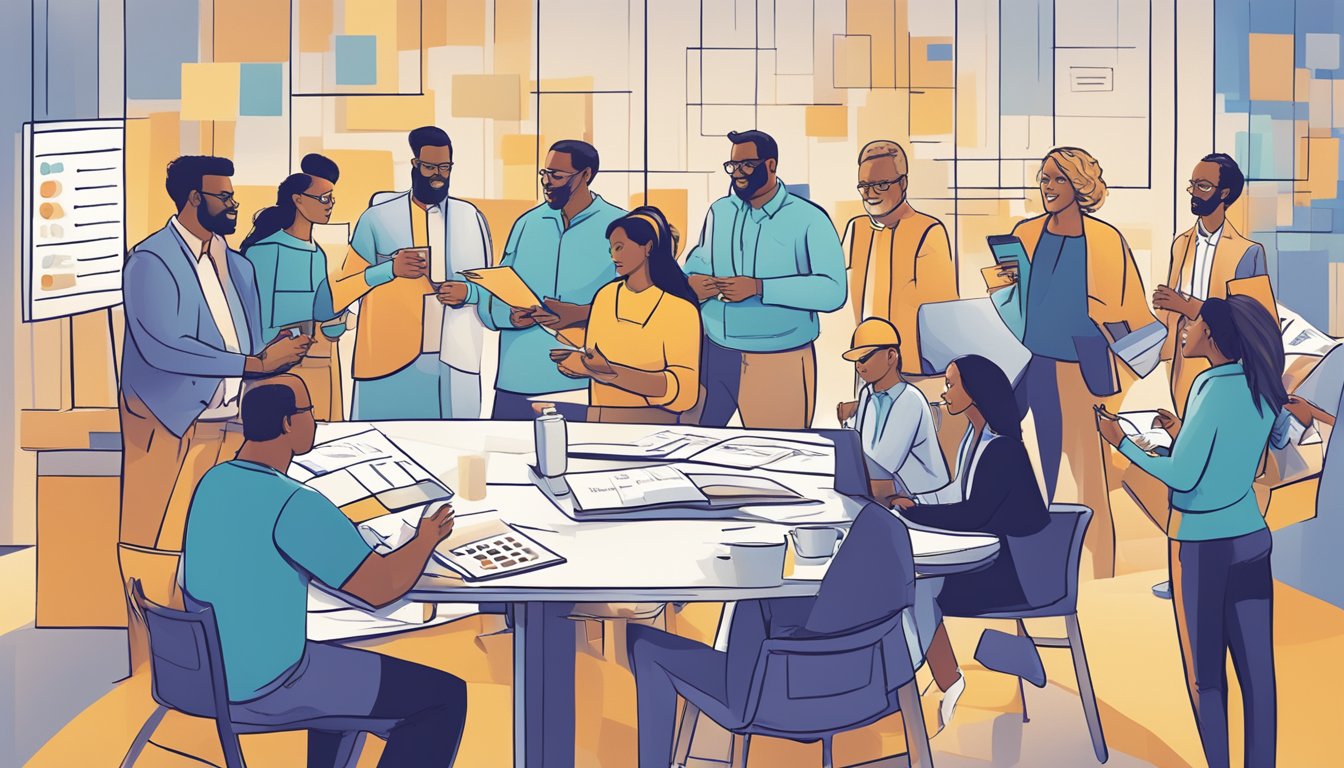
When we tackle the challenge of how to create an engaging event agenda?, it’s a blend of visionary design and meticulous planning. We’ll walk you through a methodical approach, laying out the steps and considerations to establish a directive that makes your event functional and memorable.
Developing a Comprehensive Roadmap
The heart of strategic event design is an actionable roadmap. We start by outlining our key objectives and desired outcomes. Every decision, from branding to event activities, should align with these goals.
- Identify Objectives: Set clear, measurable goals.
- Theme and Branding: Develop a creative theme that resonates with our brand.
- Event Activities Selection: Choose activities that engage and offer value to attendees.
- Timeline: Create a specific timeline that captures all phases of the roadmap.
By considering these elements, we pave the way for an event agenda that captures the essence of our objectives and leaves a lasting impression.
Budgeting and Logistics
Planning an event without a budget is like navigating without a map. We focus on a realistic budget that aligns with our event’s goals while ensuring a memorable experience.
- Resource Allocation: Define financial limits for each segment.
- Cost-Efficient Solutions: Seek out creative, cost-effective options.
- Logistics Management: Plan for transport, accommodation, and on-site logistics.
Logistics are not just a backdrop but are central to our event’s success—they are the moving parts that make everything run smoothly. From event logistics like venue setup to technical support, we meticulously plan every detail to ensure a seamless experience.
Assembling a Stellar Line-Up
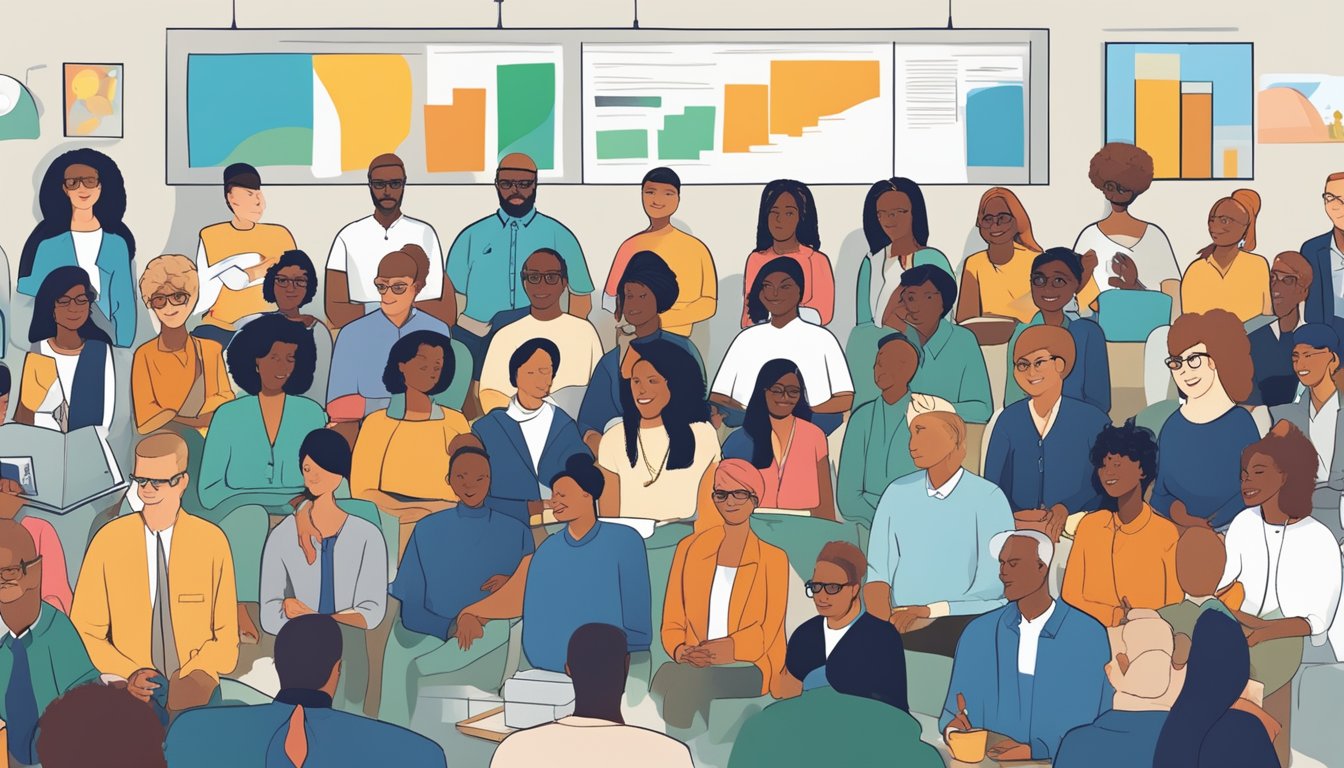
When we think about how to create an engaging event agenda, one aspect can truly make or break our event’s success: the speakers’ quality and variety of activities offered. Let’s dive into handpicking the best people for our audience and planning a dynamic program that keeps everyone intrigued.
Selecting Thought Leaders and Speakers
Firstly, identifying engaging speakers is the cornerstone for any stellar event. We’re looking for keynote speakers and guest speakers who are not only experts in their field but are also known for their ability to captivate an audience. Having a mix of well-known thought leaders and fresh voices is beneficial to keep things dynamic. Here’s how we typically break it down:
- Review Speakers Information: Examining past talks, their expertise, and audience feedback.
- Diversity & Inclusion: Ensuring speakers from various backgrounds and viewpoints are represented.
- Speaker Availability: Confirm dates and times to avoid last-minute schedule changes.
The ultimate goal is to provide our guests with memorable insights and actionable knowledge they can take away from the event.
Incorporating Diverse Activities
To complement our lineup of speakers, we focus on including diverse activities tailored to different learning styles and interests. Engaging and interactive content is key, and here’s a snapshot of what we might include:
- Panel Discussions: A dynamic exchange of ideas on hot topics that provide multiple perspectives.
- Hands-On Workshops: Practical and interactive workshops for skills application.
- Seminars & Demos: Educational sessions with live demonstrations to showcase new tools or techniques.
We ensure a balance between learning and enjoyment. Incorporating elements of entertainment can keep energy levels high and encourage networking.
By blending inspiring speakers with a mix of activities, we craft an agenda that promises a memorable and impactful experience for every attendee.
Creating a Schedule for Success

When we discuss how to create an engaging event agenda, remember that strategic timing is the backbone of any successful schedule. Let’s examine how we nail down the specifics.
Timing Each Session
Each session within our event agenda should have a clear start and end time, allowing us to manage the day effectively and maintain attendees’ interest. We must consider the overall duration of the event and how individual sessions contribute to our goals. For instance, keynote speeches might be longer to maximize impact, while workshops could be shorter to keep energy high. Here’s an example breakdown:
- Keynote Speech: 9:00 AM – 10:00 AM (1 hour)
- Workshop 1: 10:15 AM – 11:00 AM (45 minutes)
- Panel Discussion: 11:15 AM – 12:00 PM (45 minutes)
Allowing for Breaks and Transitions
No matter how enticing our agenda may be, everyone needs time to rest and digest the information. Our schedule should include breaks and allow for smooth transitions between sessions. This approach caters to attendees’ comfort and ensures they are engaged and ready for the next session. Incorporate at least a 15-minute break in the morning and afternoon, with a longer lunch break to recharge. Transitions between sessions should be clear and efficient, like this:
- Morning Break: 10:00 AM – 10:15 AM (15 minutes)
- Lunch: 12:00 PM – 1:00 PM (1 hour)
- Afternoon Break: 3:00 PM – 3:15 PM (15 minutes)
By thoughtfully combining these elements, we set the stage for an event that will be memorable for its pace and flow as much as for its content.
Venue and Format Selection
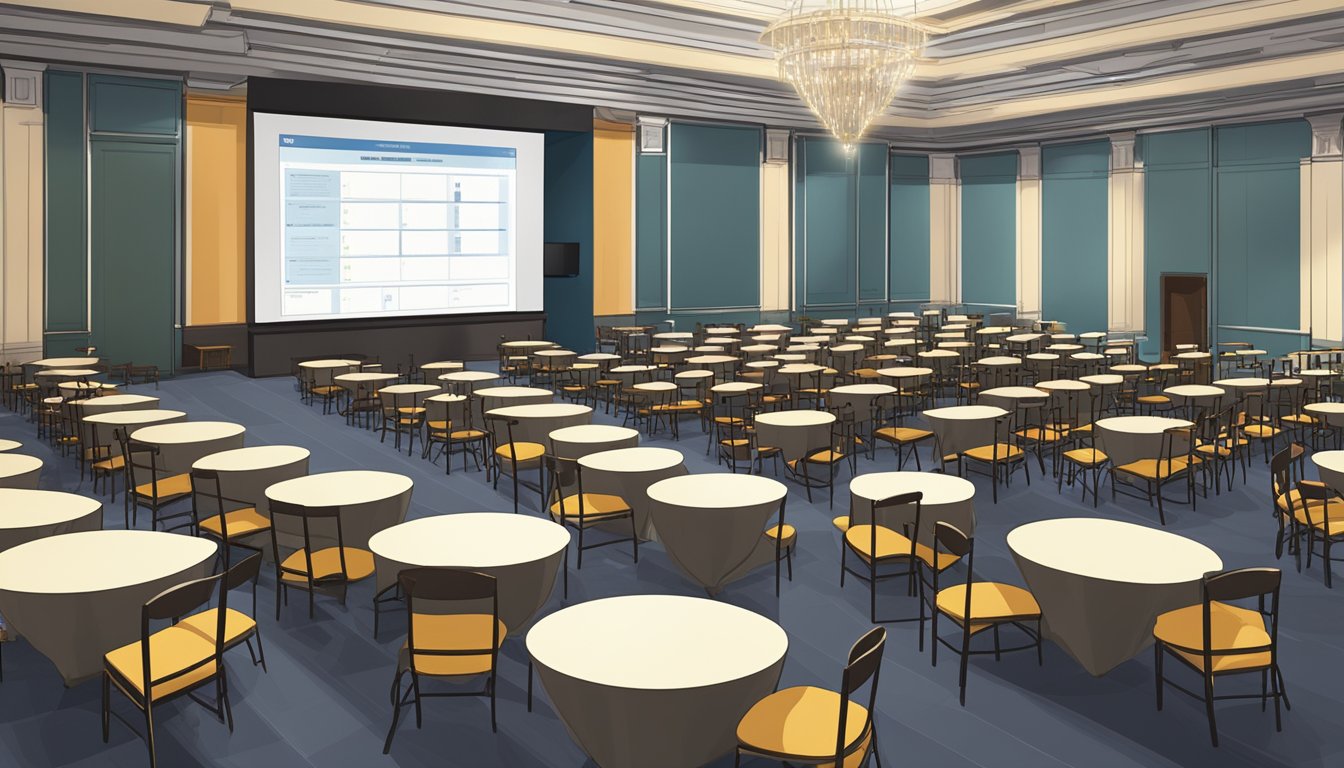
When we’re exploring how to create an engaging event agenda, selecting the right venue and event format becomes crucial. These choices set the tone for the entire experience and are key in meeting our event’s objectives.
Choosing the Right Location
Identifying the perfect location is a pivotal step in our event planning. We want a venue that resonates with our event’s theme and is accessible to our attendees. If we’re organizing a local event or a community festival, we’ll lean towards a venue embedded in the local culture and strongly connects with the attendees. For a corporate conference or an industry event, we’ll look for a professional setting that’s both impressive and equipped with the necessary technological resources.
Deciding Between Virtual and In-Person
Virtual events have gained significant traction, and for good reason. They can be more cost-effective and have a wider reach. However, for certain events, nothing beats the in-person experience. Engaging our audience through a hybrid event format could also be a strategic choice, blending the benefits of both virtual and in-person gatherings. This flexibility allows us to cater to a wider audience, offering a customizable experience whether they’re joining us from their living room or in the bustling heart of the event scene.
Engagement and Networking
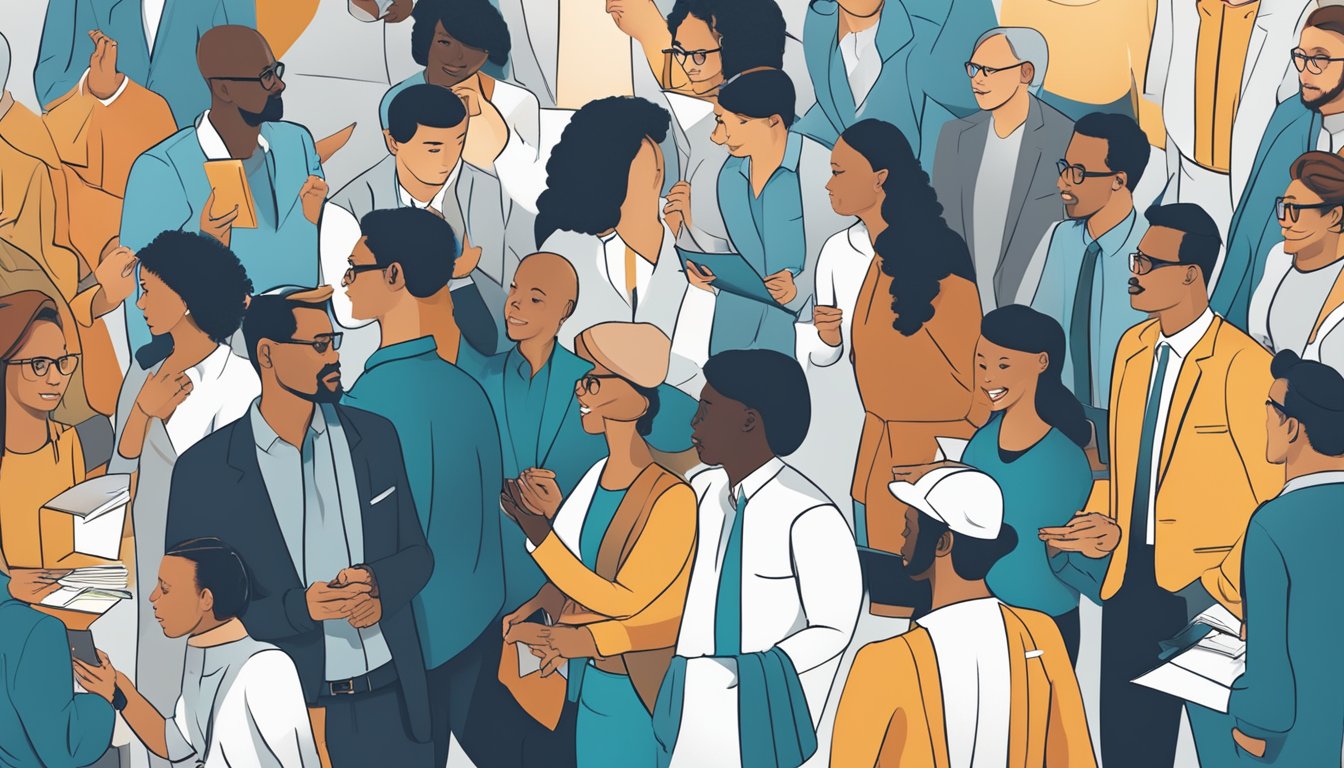
When we create an engaging event agenda, we focus on crafting moments that bring attendees together in meaningful ways. Let’s ensure every participant leaves our event with valuable contacts and memorable interactions.
Fostering Meaningful Interactions
To spur engagement at events, we utilize various strategies that encourage participants to connect. Structured networking sessions allow attendees to meet in a formal setting, while ice-breaker activities create a relaxed environment ripe for conversation.
Interactive Q&A sessions following presentations clarify doubts and enable attendees to voice their opinions, fostering a sense of contribution. Including periods for 1-on-1 networking sessions within the agenda allows participants to form deeper connections with peers who share specific interests or goals.
We also like to leverage social media as a tool to enhance attendee engagement. Creating event-specific hashtags and encouraging real-time posts creates an online space for discussions to thrive, both during and after the event.
By incorporating scheduled breakout sessions, we create opportunities for smaller groups to discuss topics in-depth, leading to more engaged participants who feel their voice is heard and valued. These sessions are not just a diversion; they are a cornerstone in our mission to create an environment brimming with networking opportunities.
Utilizing Technology and Marketing
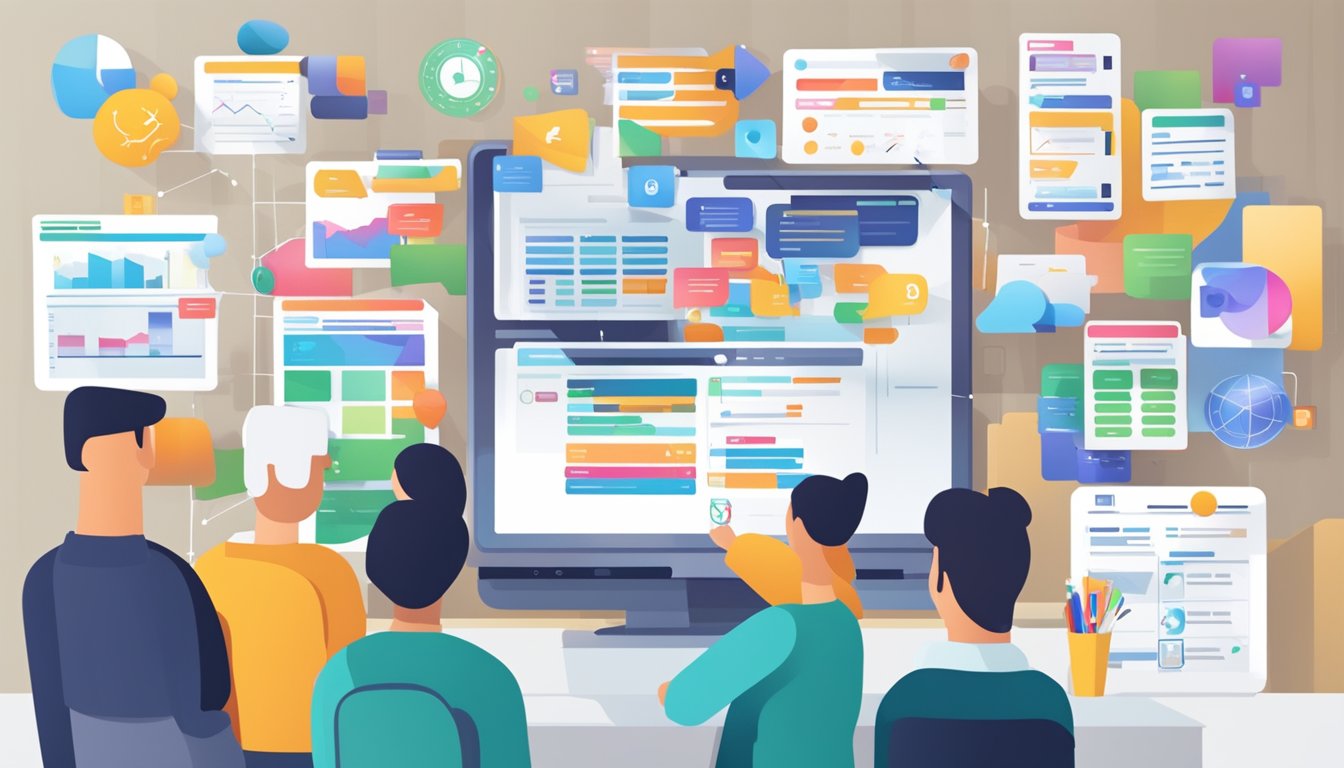
We know How to create an engaging event agenda? It’s all about striking the perfect balance between technology and marketing to ensure each attendee remains connected and excited. Here’s how we can leverage these tools to our advantage.
Leveraging an Event App
An event app is crucial for fostering attendee engagement. With it, participants can access the event details, participate in pre-event surveys, and modify their personal agenda. By integrating features like live polling or Q&A sessions, we encourage feedback and make our audience feel heard. It’s also a smart move to use tags within the app to help users navigate the sessions that are most relevant to them. Check out this example on crowdsourcing audience questions to enrich event experiences.
Effective Outreach and Promotion
Regarding marketing, it’s key to create excitement before the event even kicks off. Social media is our playground for hype where we can create buzz with sneak peeks and behind-the-scenes content. Effective promotion involves a mixture of compelling visuals, event highlights, and speaker bios that stir curiosity.
- Pre-Event:
- Use hashtags for easy tracking.
- Conduct teaser campaigns.
- Post-Registration:
- Send personalized welcomes.
- Offer a preview of the event app.
Moreover, an event survey can be a goldmine for feedback where we understand what our audience looks forward to and how we can meet their expectations. Our attendees’ anticipation grows when they feel they are part of something big, and we can do this by involving them right from the start. For insights on shaping your event to the attendees’ wants, explore practices on designing an engaging agenda.
Using these strategies within our venues and across our marketing channels ensures that we’re creating not just an event, but an engaging experience that resonates with every attendee.
Execution and Logistics

When we dive into how to create an engaging event agenda, the execution phase and logistics are where the magic happens. This is where meticulous planning translates into action, ensuring that every attendee experiences the smooth flow we promised.
Managing the Day-of Details
On the day of the event, managing details means being where the action is, preemptively tackling any traffic jams or disruptions that could hinder the flow. It’s all about:
- Registration Logistics: Setting up a streamlined registration process that quickly gets attendees checked in, using pre-printed badges and strategically allocated personnel to avoid bottlenecks, especially during rush hour.
- Guest List Management: Keeping a real-time digital tally to monitor who’s arrived and who hasn’t. This way, we’re always prepared for a last-minute attendee swap or addition.
- Productivity Pilots: We focus on strategically positioning signs and staff to guide attendees, keeping things moving so they can spend less time in line and more time engaged.
- Adapting to Disruptions: We’re always prepared with a Plan B for unexpected disruptions, such as a speaker cancellation or a technical glitch.
- Smooth Traffic Flow: Planning public transport schedules that smoothly integrate with our event can make a huge difference. We ensure our start and end times are considerate of the area’s public transport schedules to avoid rush hour frustrations.
- Amplifying Attendee Experience: Our goal is to keep the energy high and productive. Whether it’s through engaging activities aligned with the agenda or ensuring that logistical details are invisible to the attendee’s eye, we craft an experience that feels seamless.
- Real-Time Feedback: Lastly, we conduct quick on-site surveys to gauge the event’s pulse. This immediate feedback lets us tweak the logistics in real-time, enhancing the overall experience.
Measuring Event Success
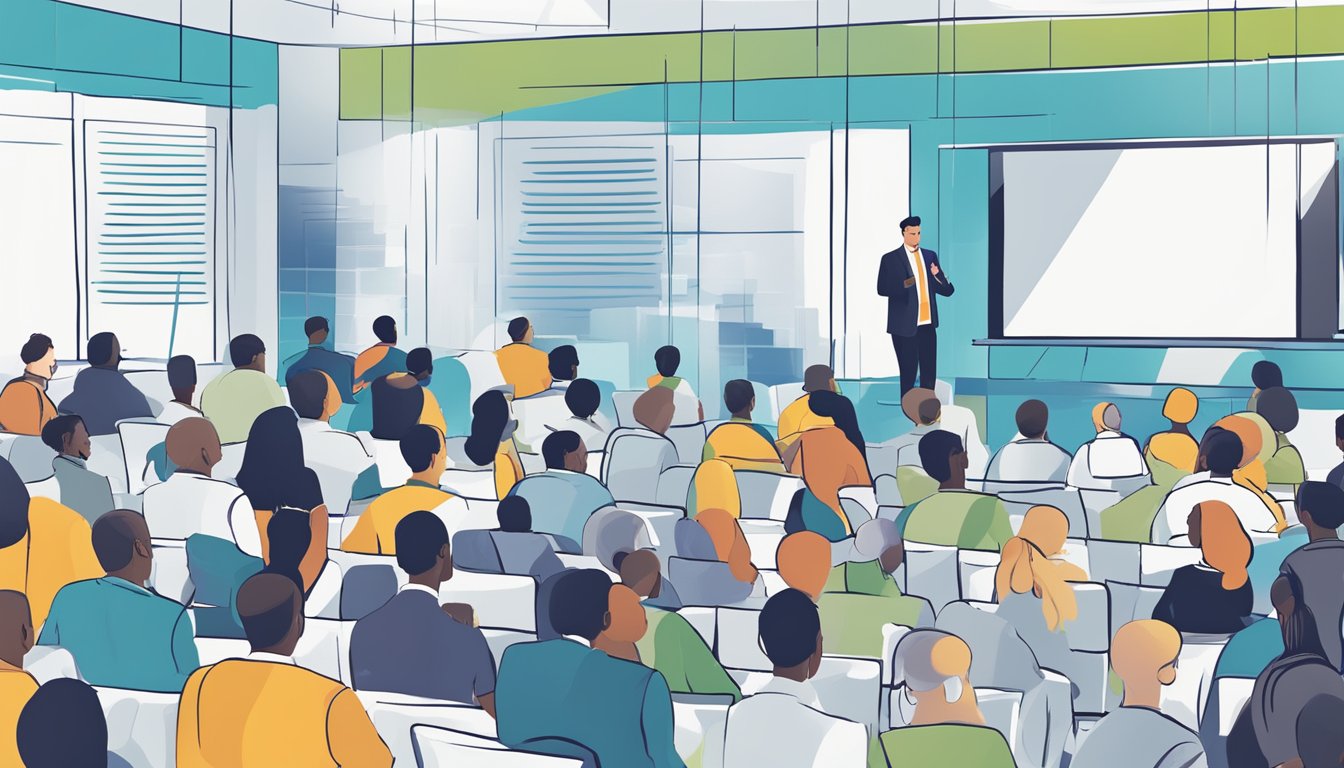
When we set out to learn how to create an engaging event agenda, one crucial step is measuring the success of that event afterward. This isn’t just about feeling good; it’s about collecting data that informs us about our performance and guides future improvements.
Conducting Post-Event Analysis
After the curtains close and the last attendee leaves, we must roll up our sleeves and dive into the post-event analysis. Surveys play a pivotal role here. Distributing a well-crafted event survey that probes into attendees’ experiences is essential. We should ask specific questions that connect directly to our event goals—were they met, and how did we resonate with the audience?
We must not overlook the value of feedback—positive or negative. This is the bread and butter of our learning process. Responses will include not only the content of the agenda but also our branding efforts and the extent of industry knowledge we managed to deliver.
Another component is assessing the outreach. Did we manage to engage not just our immediate audience, but also extend our reach to potential clients, sponsors, or even metro passengers who happened across our promotional material?
Finally, we crunch the numbers. This is when we involve our company name in the narrative by showcasing quantifiable achievements aligned with our set benchmarks.
Wrapping up, armed with a blend of qualitative insights and hard data, we can truly gauge our triumphs and identify our next big opportunity for creating that perfect event agenda.
FAQ – How to Create an Engaging Event Agenda?
What is an Event Agenda?
An event agenda is a detailed schedule outlining the sequence of activities or presentations planned for the event. It serves as a guide for organizers and attendees, indicating the timing and location of each session.
How Do I Start Planning an Event Agenda?
Begin by defining the event’s goals and target audience. Understand what you want to achieve and what your attendees expect to gain from the event.
What Key Elements Should Be Included in an Event Agenda?
Key elements include the start and end times, a list of activities or sessions, speakers or presenters’ names, breaks, meal times, and networking opportunities.
How Long Should Each Session Be in the Agenda?
Session length can vary, but typically 30-60 minutes works well. Keep in mind the complexity of the topic and the attention span of your audience.
If you enjoyed reading about How to Create an Engaging Event Agenda?, check out our other articles:
- How to Be an Event Decorator: Your Guide to Creating Memorable Occasions
- How to Become a Wedding Planner: Your Step-by-Step Guide
- Fun Date Ideas: Creative Ways to Spice Up Your Outing
- Bachelor Party Events: Unforgettable Ideas For A Great Celebration
Feel free to also check out our other Articles from the category “Event Planning“ and don’t forget to follow us on Pinterest.
